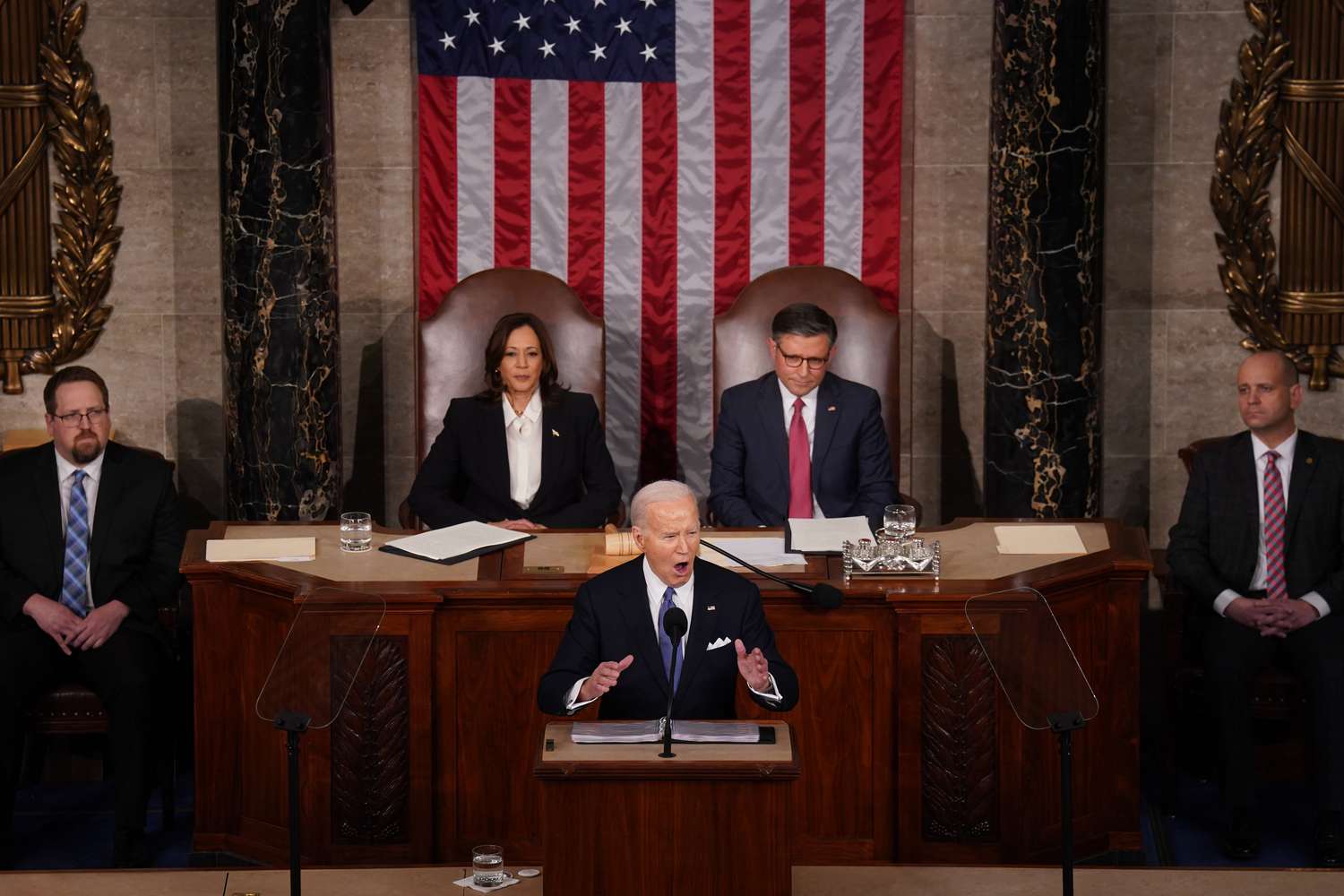Here’s a little exercise for you: check the timestamp on an email you received the previous day. I noticed that most of my emails, especially my subscription emails, were sent between 9am-12pm or 12-3pm.

This is not a coincidence either.
While the answer “What is the best time to send an email?“This is not an exact science, there are some key findings we discovered through heavy research, and the times listed above are consistent with what we found. Keep reading to learn the best time to send emails, according to Marketing & Advertising professional.
![Download Now: 10 Templates to Master Marketing Emails [Free Kit]](https://dailyhindnews.com/wp-content/uploads/2023/10/1698756002_487_The-Best-Time-to-Send-an-Email-2023-Research.png)
table of contents
When is the best time to send an email?
We surveyed over 150 marketing and advertising professionals in the US and found that the majority reported that the highest engagement for their marketing emails occurred between 9am to 12pm and 12pm to 3pm. This remains in line with the 2022 results.
The data shows when most viewers start their day and during the afternoon.

This data also matches my own experience. I usually check my email (personal and work) as soon as I start my day to catch up on anything I missed in the late afternoon and evening and see if there’s anything urgent I’ve received that will help me with my upcoming work. Will affect the working day or day in general. ,
If you’re sending emails that involve sales or promotions, I would recommend sending them when you know your audience’s tendency to take a lunch break as they may be more likely to check their emails at this time.
Best days to send emails
If you want something more specific about what time and day you should send emails, here’s what you need to know:
Our survey asked marketers what day of the week their marketing emails get the most engagement. 27% of US marketers said on Tuesday, 19% said on Monday, and 17% said on Thursday. I would be careful about sending emails over the weekend, especially Sunday.

If I cut that data off from the best days And The best times, what marketers say:
- The best time to send emails on Tuesday is 9am – 12pm EST, then 12:01pm – 3pm EST. I will refrain from sending you emails any time after 6pm EST.
- On Monday, aim to send your emails between 6am – 9am EST, then again between 9am – 12pm EST. You’ll get the lowest engagement between 6pm and 9pm EST
As marketers, we know the importance of using data to inform our decisions.
So, it’s important to keep your audience in mind when figuring out when to send your emails (rather than just relying on the results above). I would recommend analyzing your historical engagement data to see when your emails generate the most interactions. Then, you can compare your unique insights to what other marketers are saying and decide the best day and time for it to appear in your customers’ inboxes.
pro tip:The last thing you want is to wake up in a panic at 8:56 a.m. because you’re supposed to send your email at 9 a.m., but it’s not ready. I’m not saying this scenario has ever happened to me…but I know it’s challenging to keep track of when to send your email, especially if you’re balancing other tasks.
HubSpot’s marketing automation software was a helpful ally when I sent service blog email newsletters. I created emails in advance and set up a workflow that would automatically send them at exactly the right time every time.

Get started with HubSpot’s marketing automation software
Best time to send B2B emails
It’s important to note that 47.9% of the B2B marketers we surveyed reported the highest engagement between 9am and 12pm.
To make sure you’re reaching your target audience, you’ll want to segment your B2B audience even further – perhaps by job function or seniority – so that different behaviors and methods of engagement with your email sending can be seen. can be accommodated. You may also find that other times work better for your list.
Best time to send B2C emails
In our survey, 30.9% of B2C marketers reported the highest engagement between 9am and 12pm. Keep in mind that studies vary, consumer behavior is always changing, and performance varies depending on what metric you are using as your end goal.
Keep experimenting and see what works best for your audience. One way to do this is to use an automation tool like Seventh Sense that will fine-tune your email sending using artificial intelligence.
Why does email matter to your business?
Our survey found that 85.4% of marketers leverage automation as part of their email marketing strategy. If you’re not taking advantage of automated email marketing, your competition probably is.
Automated email marketing allows you to improve sales conversion – perhaps even by 14%. It’s a way to send customers unique offers – like product sales or newsletter updates – with information your reader can’t find anywhere else.
Emails should contain content your customers want to see, allowing you to communicate with them immediately. Your emails should contain information your subscribers are interested in learning more about – like discount offers, business updates, or product or service launches.
Pro Tip: Having your emails written in advance allows you to take full advantage of automation. AI tools like HubSpot’s Campaign Assistant and Email Writer can help you quickly write first drafts that you can personalize with recipients’ unique information.
If you’re looking for a free email tool to create your emails, HubSpot’s Marketing Email tool combines the key features you need, and is the best solution I can recommend. You can easily design your emails with its drag-and-drop editor, leverage the power of AI to create content, and set your scheduling preferences to send your emails at the right time .

How to measure the performance of the emails you send
There are lots of metrics you can use to measure the success of your email marketing campaigns, but the ones that matter most depend on the goal of your campaign.
For example, if I’m sending emails to advertise a new product, I’d be more interested in metrics that show whether the recipient was interested or not, like:
- Open rate, which can tell me if my subject line has attracted attention,
- And click-through rate, which will tell me whether my email interested people enough to click through to my website to learn more about the product.
A metric like replies won’t tell me what I need to know about my audience’s feelings about my product.
Here are details of the most important email metrics:
Click through rate
Click-through rate refers to the number of people who open a link or image in an email. This number will always be less than the total number of emails opened because some people will open your email but abandon it without further interaction.
This is the most tracked metric among marketers we surveyed, and the three strategies they noted were most effective at improving click-through rates were personalization (48.2%), crafting effective subject lines ( 36.5%), and providing value through marketing emails (38.2%).
open rate
Open rate is the percentage found by the number of subscribers who open your email campaign. Emails that have great open rates have short, punchy subject lines. Plus, they’re optimized for preview and preheader text.
click-to-open rate
Click-to-open rate helps you identify the content in your emails that resonates most with your recipients by comparing the number of people who open your email and the number of people who click on any links. Is. To get this, divide your CTR by your open rate and multiply the result by 100. For example, if your email gets 200 clicks and 120 are opened, your click-to-open rate is 60%.
over to you
Email marketing can be a tricky process. There are many industries that are taking advantage of this and making an impact in their own ways.
Your customers are already interested in your content. They appreciate what you have to offer as a company and as long as you’re sending them relevant emails, you have a good chance of getting great metrics.
Editor’s note: This post was originally published in November 2019 and has been updated for comprehensiveness.



